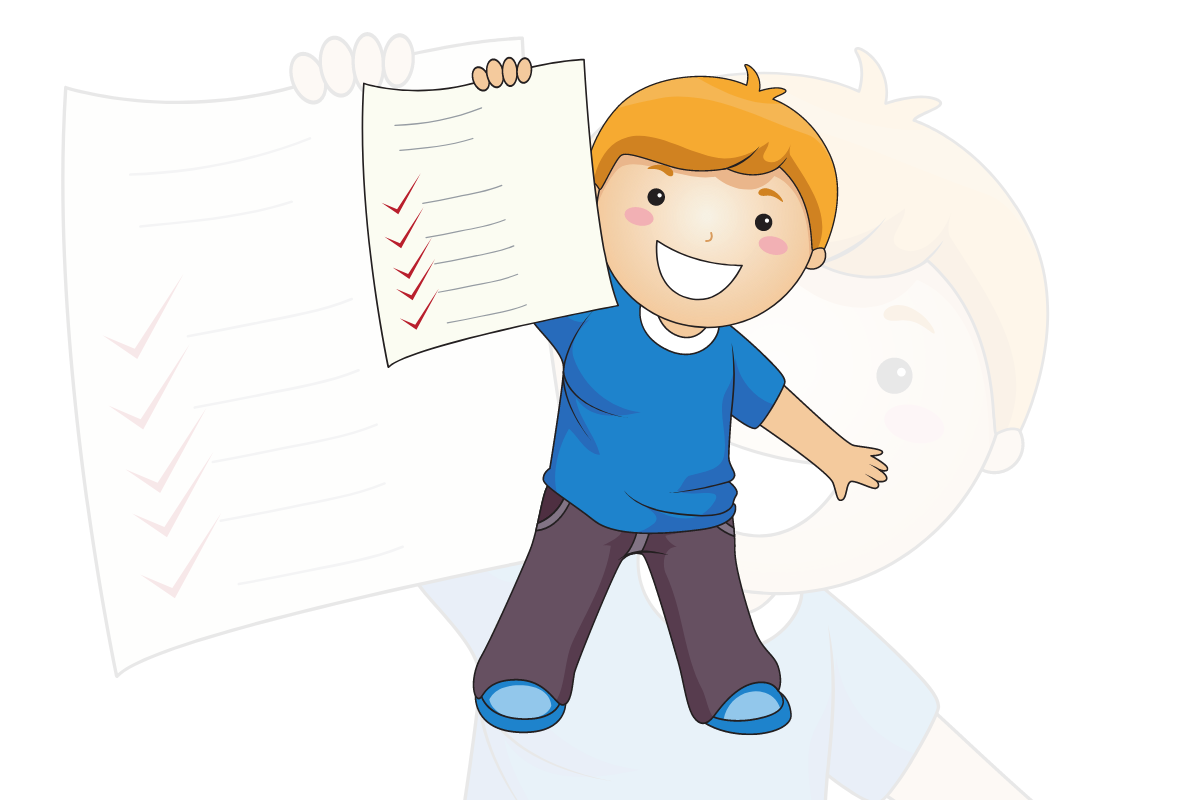Chances are, your child will be bringing home a progress report over the next couple of weeks. This will be the first time for your child’s teacher to let you know where they see your child’s development regarding the standards set by the Ministry of Ontario. Usually, it gives you an idea of where your […]


